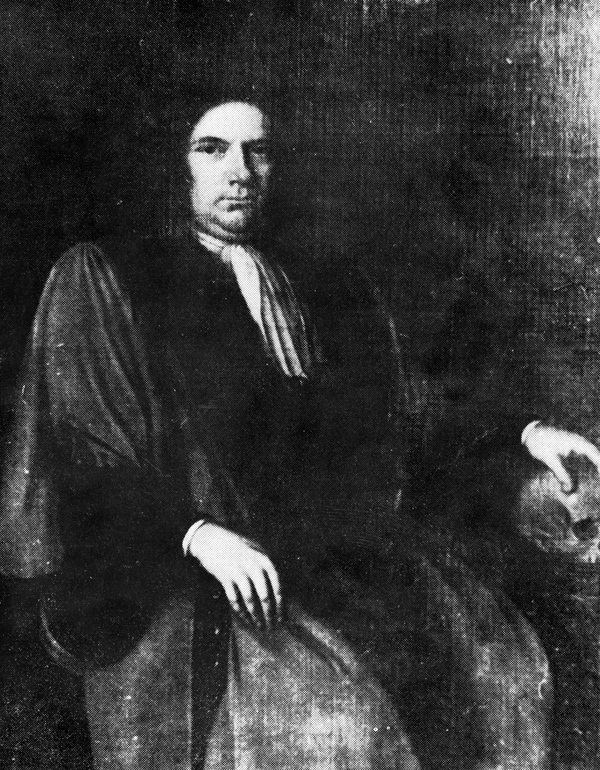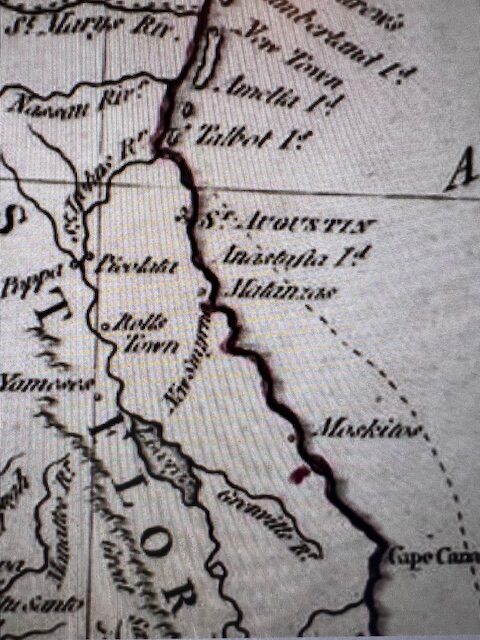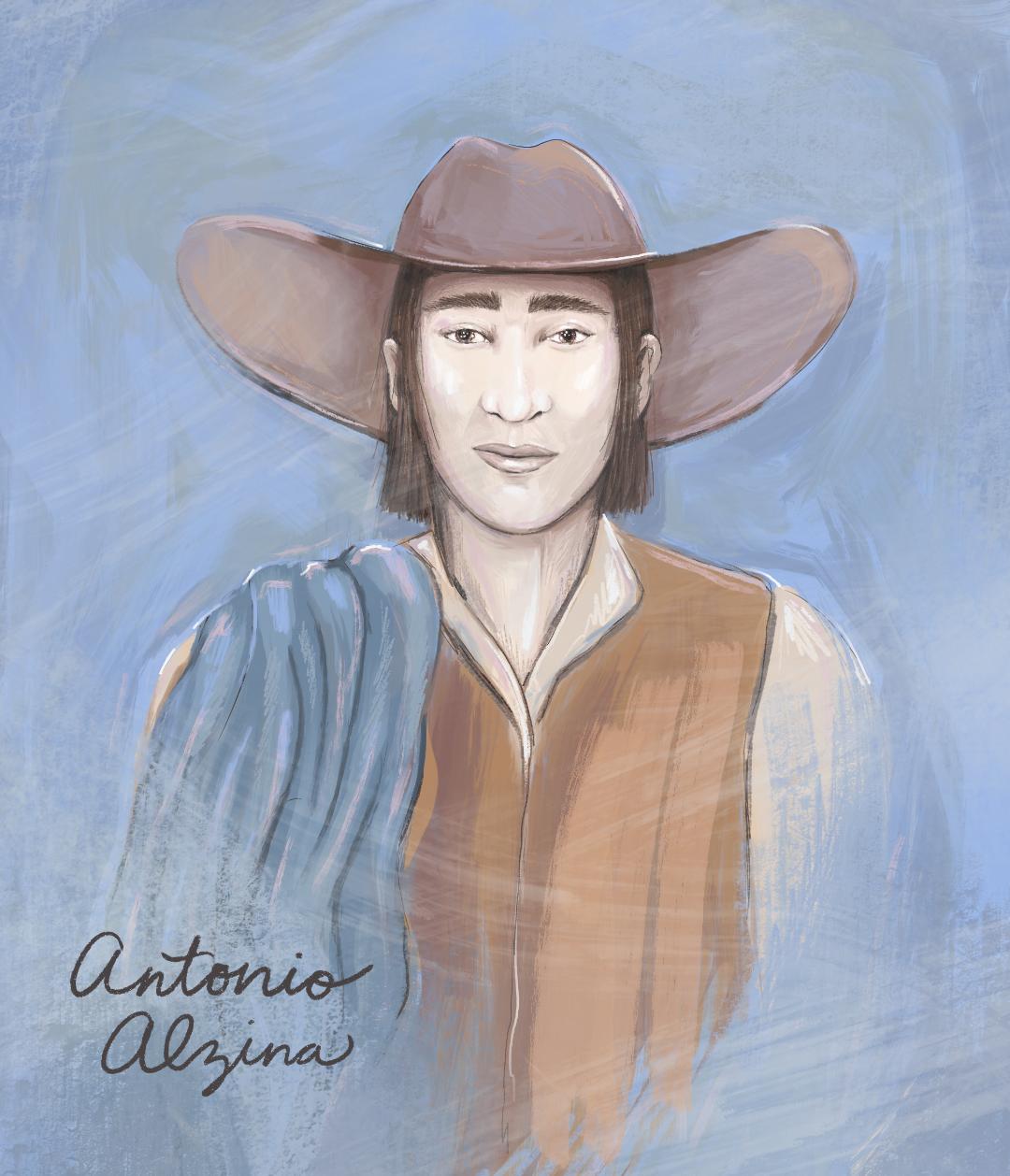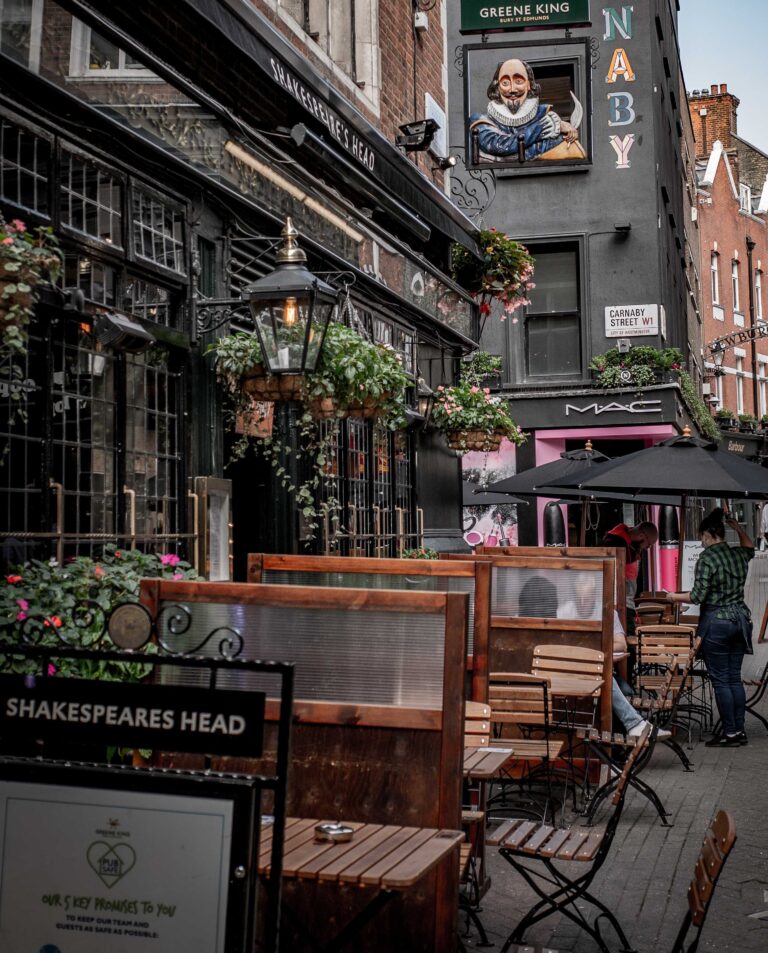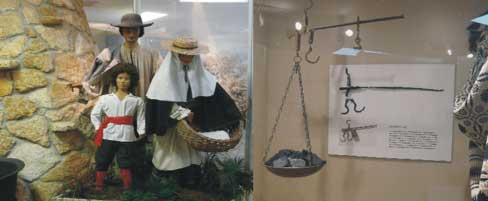1768-1777
Doctor Andrew Turnbull’s Yoke
An intangible burden of relentless toil, starkly contrasted with the biblical promise of an easy yoke and light burden found in Matthew 11:30. While Turnbull’s noble intentions to establish a thriving colony in British East Florida were initially clear, the reality for the Minorcans he brought was one of severe hardship and broken promises.
New Smyrna Beach History
Step back in time and explore the rich history of New Smyrna with “A Stroll Through History.” This captivating YouTube video clip, filmed during the 250th anniversary celebration of New Smyrna in Old Fort Park in June 2018, offers a glimpse into the past. Hosted by the New Smyrna Museum of History, operated by the Southeast Volusia Historical Society, the event showcases a fascinating collection of footage capturing the essence of the city’s heritage. From reenactments to cultural displays, viewers are treated to a nostalgic journey through the annals of time. Join us as we honor and preserve the legacy of New Smyrna through this engaging visual narrative.
Dr. Andrew Turnbull’s New Smrynea Establishment was a COLONY
The documents and letters provided by R.P. Jones on February 13, 2024, affirm that New Smyrna was indeed a colony, established by Dr. Andrew Turnbull under British law with 1,403 individuals. Despite some debate over whether to classify it as a ‘multicultural settlement,’ it primarily served Britain’s economic interests through cash crop production and resource exploitation. The extensive evidence presented, including letters, historical narratives, and official documents, strongly supports the assertion that New Smyrna was a colony, rather than merely a settlement.
Beginning a Biography of Father Pedro Camps
Father Pedro Bartolome’ Patricio Camps, born in 1729, played a pivotal role in reviving Catholicism in British East Florida. Fluent in multiple languages, he served as a pastor in his native Mercadal before leading 1,403 individuals, including Minorcans, Greeks, Italians, and Corsicans, to St. Augustine in 1768. Despite daunting challenges, he administered sacraments, performed marriages, and baptized hundreds, re-establishing Catholicism in the region. His unwavering faith and resilience make him a compelling candidate for canonization in the Catholic Church, his legacy woven into America’s spiritual fabric.
The King’s Road
THE MINORCANS WALKED THIS ROAD IN 1777 FOR FREEDOM FROM THE TURNBLL COLONY IN NEW SMYRNEA TO ST. AUGUSTINE, FLORIDA.
This “You Tube” narrative is recent, and King’s Road is described eloquently by the gentleman who created this piece of Minorcan history available. How difficult and dangerous it was for the surviving Minorcan families, but at the end of the 70-mile walk…FREEDOM.
The Letters Of Dr. Andrew Turnbull
This document comprises a collection of letters penned by Dr. Andrew Turnbull to various recipients, offering a comprehensive insight into his thoughts, actions, and interactions during the colonial era. Accompanied by insightful commentary, these letters provide a captivating glimpse into Turnbull’s life and his significant contributions to the shaping of early American society.
Where are the Missing Minorcans?
The list of names of the 964 Minorcans who died and were buried on the Turnbull plantation (New Smyrna Beach) is missing. Many Catholics firmly believe that Father Pedro Camps, who acted as a Pastor, would have maintained an accurate record of the deaths and burials of his parishioners.
Why Slaves Escaped to Florida for Asylum
In the late 1600s, Spanish Florida became a sanctuary for African slaves fleeing British plantations, with waves of runaways seeking asylum and freedom in St. Augustine. The Spanish policy of granting freedom to these escapees not only aimed to convert them to Catholicism but also posed a threat to the British plantation economy, leading to concerns among plantation owners about the potential dismantling of the entire system.
African Americans in St. Augustine 1565-1821
The institution of slavery in Spain differed from that of other European nations due to Spanish slave laws, which granted enslaved people certain rights and protections. Africans in Spain and its colonies had the opportunity to become free and join the military, and a free African settlement called Fort Mose was established in Florida, making it the first legally-established free African settlement in North America.
Florida History: Britsh Rule
In 1763, Spain traded Florida to Great Britain, leading to the division of the territory into East Florida and West Florida. The British established settlements, introduced crops like sugar cane and indigo, and implemented elements of the English legal system. However, their attempts at colonization, such as Dr. Andrew Turnbull’s New Smyrna settlement, faced challenges including disease, Native American raids, and crop failures. During this period, Creek Indians migrated into Florida and eventually formed the Seminole tribe.
Plantation Culture: Land and Labor in Florida History
During the British Interlude and the Second Spanish Period in Florida from 1763 to 1821, British planters established agricultural enterprises in east Florida with African slave labor. The region, known as the “Mosquito Coast,” saw the majority of slaves coming directly from Africa, and British-controlled Florida became home to over 11,000 African slaves, comprising about 65% of the population. Additionally, Scottish planter Andrew Turnbull’s attempt to create a colony of free workers using laborers from Minorca failed, leading to the collapse of the colony and the migration of its remaining inhabitants to St. Augustine. The presence of African slaves in Florida resulted in tensions between planters and Native Americans, as many slaves sought refuge among the Seminoles, leading to retaliatory actions by planters.
The Influence of the East Florida Society of London on Land Grants in Florida, 1766-1767
The Society met monthly at Shakespeare Head, a tavern in Coventry Garden which still exists.
This document sheds light on the significant influence wielded by the East Florida Society of London in determining the allocation of vast land tracts in Florida, Britain’s newest possession. Notably, page 6 highlights a captivating fact: land grants in East Florida, such as the Turnbull plantation, were subject to specific conditions, including the requirement that they be settled by White Protestants. Additionally, within a decade, these settlers had to maintain a ratio of one colonist per 100 acres, failing which the land would revert back to the Crown. This intriguing aspect raises a pertinent question regarding the allocation of land to Minorcan Catholics promised at the end of their indentured servitude, prompting the need for a thorough examination by competent historians.
Saving Eighteenth-Century New Smyrnea:
Public Archaeology in Action
The paper discusses efforts to recover and preserve the historical and archaeological heritage of the New Smyrnea settlement, a British colony in Florida during the 18th century. Local citizen volunteers, historians, archaeologists, and civic officials have worked together to excavate some sites, preserve others, and raise awareness about the settlement’s importance.
Help find the missing Minorcans
Numerous outstanding books recount the arrival of the Minorcans at St. Augustine in the summer of 1768 as they journeyed from Mahon, Menorca to Dr. Andrew Turnbull’s plantation in New Smyrna, British East Florida. Unfortunately, none of these authors were able to list the names and burial sites of those who perished on the plantation during the years 1768-1777.
